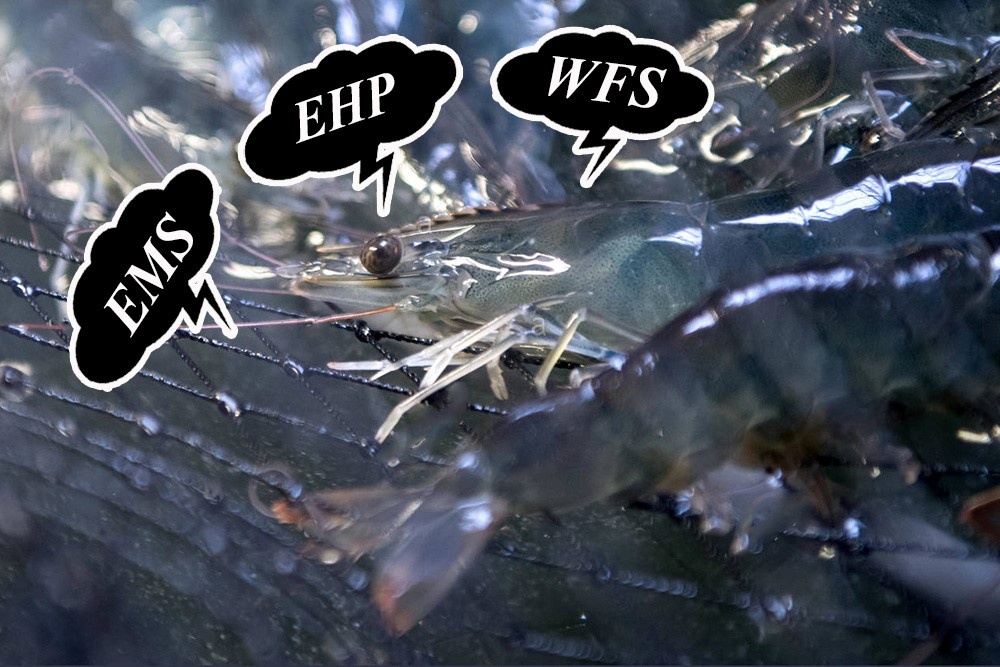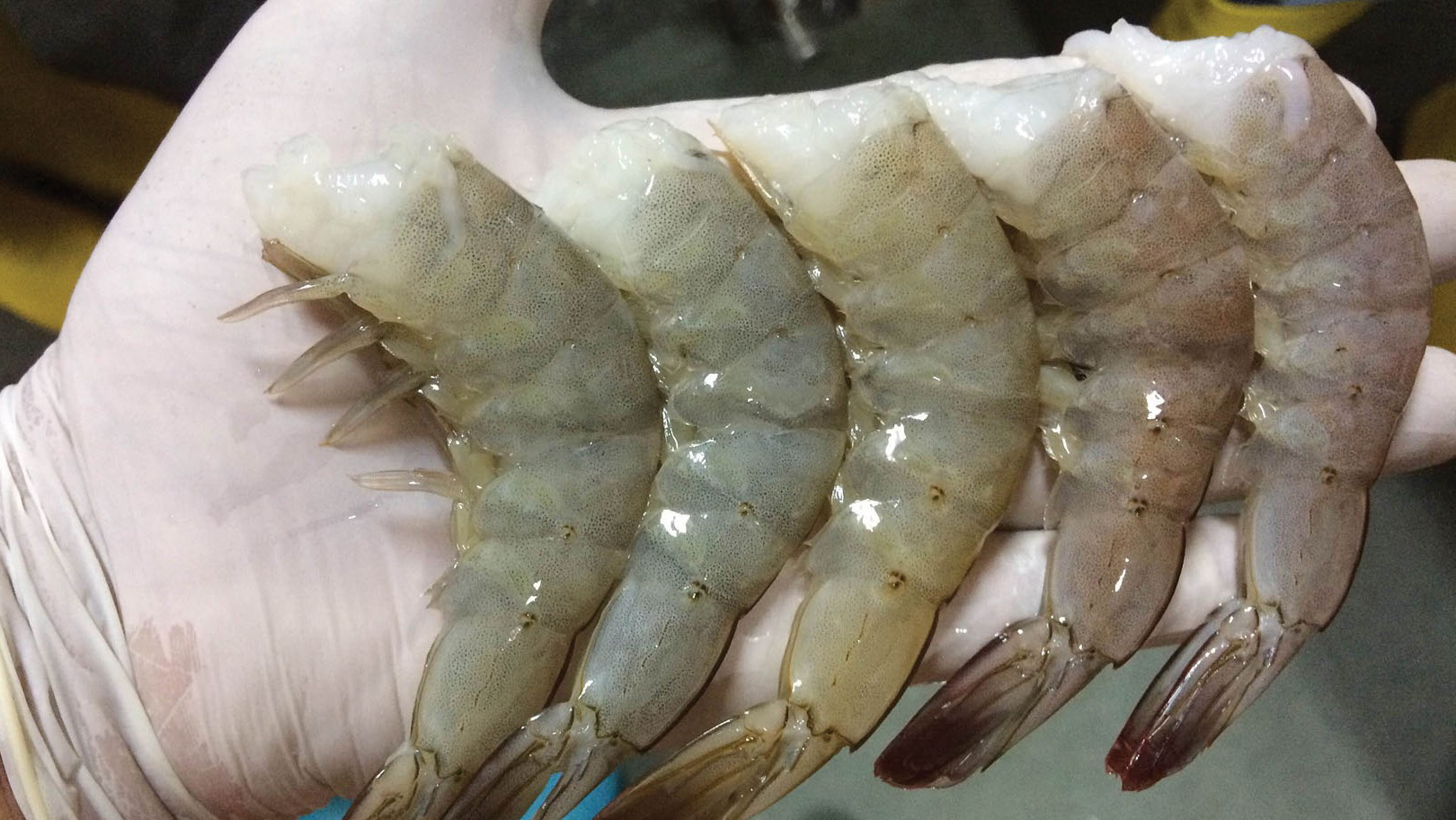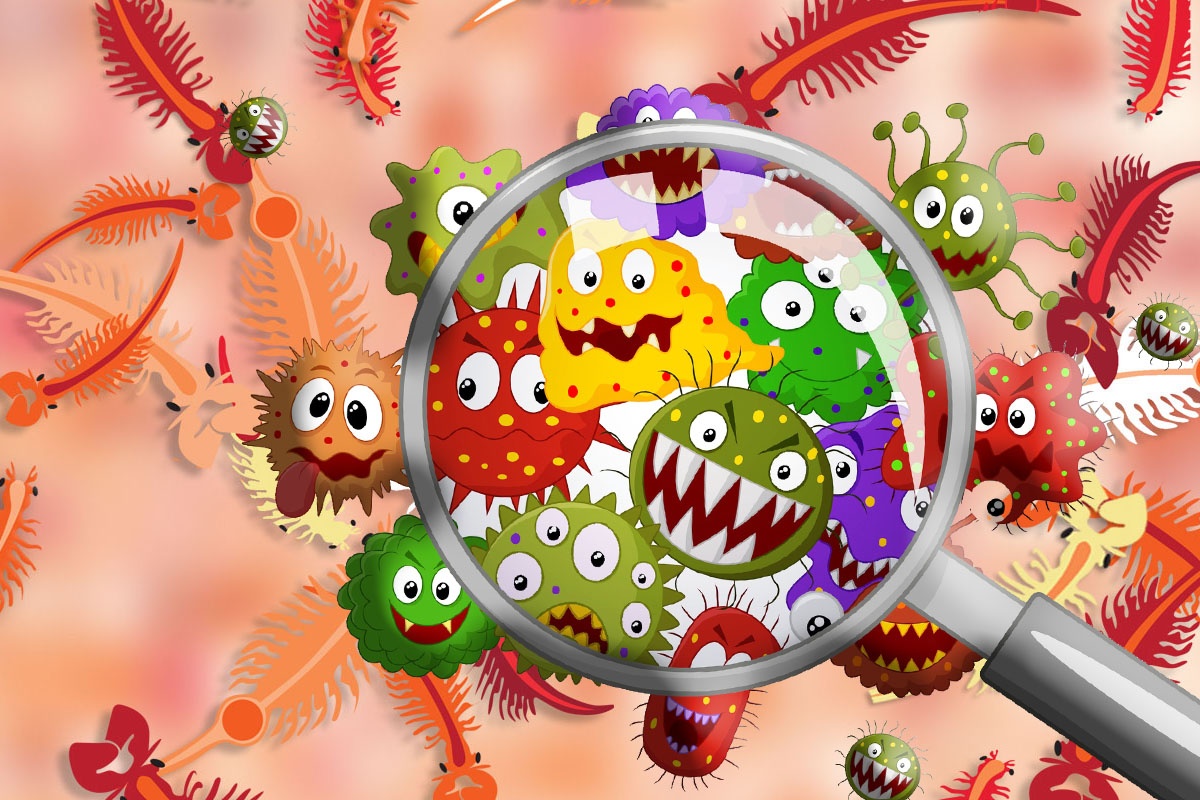Technical Information
Application of probiotics in aquaculture
INTRODUCE
The word probiotics comes from the Greek word, meaning “for life”. Lilley and Stillwell (1965) used the term to describe substances secreted by one organism that have a growth-promoting effect in another. In 1974 Parker defined probiotics as organisms and compounds that contribute to the microbial balance in the digestive system. Later, Fuller (1989) revised and redefined probiotics as the addition of a live microbial feed that has beneficial effects on the host by improving the microbial balance in the gut of the host. host. The aim of the application of probiotics is to re-establish the relationship between beneficial and opportunistic microorganisms constituting the intestinal microbiota.
An effective probiotic must be able to survive and function in a diverse environment in many different forms. According to Fuller (1989), it should have the following capabilities:
– As a living product on an industrial scale;
– Free from pathogens and toxins;
– Produces beneficial effects on the host;
– Able to survive and thrive in the host’s intestinal environment;
– Remains stable and long-lived to be used later in storage and field conditions.
The use of beneficial gut bacteria in food for humans and terrestrial animals is well known. Lactobacillus acidophilus is widely used for the control and prevention of diseases caused by pathogenic microorganisms in the gastrointestinal tract of many terrestrial animals. Lactobacillus rhamnosus bacteria found in yogurt helps to increase digestion and fight harmful bacteria in the intestinal tract.
DEFINITION OF PROBIOTICS
Biological control theory has been applied in aquaculture. Many scientists have tried to use some types of probiotics in aquaculture to control the microalgae population of the pond water, control pathogenic microorganisms, to enhance the decomposition of excess organic compounds. and improve the pond environment. In addition, the use of probiotics can increase the population of forage organisms, improve the nutritional level of farmed aquatic species, and enhance the immunity of animals to pathogens.
Thus, the definition of probiotics for aquaculture has been expanded to include the addition of live bacteria to the culture pond, which will improve the microbial composition of the water and the substrate. to improve water quality. Probiotics are assumed to improve the health status of animals by eliminating pathogens or minimizing their direct harm. Probiotics can attach to the external surface of the host or enter the intestines either directly from water or through food or through digestible particles. Moreover, using probiotics will contribute to reducing the use of chemicals and antibiotics in disease prevention and treatment for farmed fish and shrimp.
WORKING MECHANISM
Probiotics are known under different names such as “probiotics”, “beneficial bacteria” or “effective microorganisms”, including Lactobacillus, Actinomycetes, Nitrobacteria, Protein Metabolizing Bacteria, Bifidobacterium, and fungi. yeast… These useful bacteria can improve the quality of aquaculture water and limit pathogens in the water, thereby increasing the productivity of farmed fish. In aquaculture, probiotics are used as means of disease control, supplementing or in some cases replacing antimicrobial agents. Microalgae (Tetraselmis), yeasts (Debaryomyces, Phaffia and Saccharomyces), gram-positive bacteria (Bacillus, Carnobacterium, Enterococcus, Lactobacillus, Lactococcus, Micrococcus, Streptococcus and Weissella) and gram-negative bacteria (Aeromonas, Alteromonas, Photorhodobacterium , Pseudomonas and Vibrio) were used.
However, the mode of action of probiotics has not been fully studied systematically. According to a number of recently published works, in aquaculture, the mechanism of action of probiotics bacteria can be according to the following aspects:
– Compete to eliminate pathogenic bacteria or create active substances that inhibit the growth of pathogenic bacteria;
– Provide necessary nutrients to enhance nutrition for livestock;
– Provide digestive enzymes to increase digestion in animals;
– Directly absorb or decompose organic matter or toxins in water improving water quality;
Altering bacterial metabolism and/or stimulating the host immune system.
RESEARCH APPLICATION IN THE WORLD
Attempts to improve the microbial population in aquaculture systems have been conducted for quite some time using strains of beneficial bacteria.
1. Vadstein et al., (1993) suggested that direct addition of selective bacteria is a measure to control bacterial populations during larval development of marine fish.
2. Sorgeloos (1994) addressed the issue that inoculating beneficial bacteria into the tank, prior to stocking the fry, would not only reduce the chances for pathogenic bacteria to grow, but also have a beneficial effect when
Helpful bacteria grow in the gut of the fry. The use of diets containing probiotics can be beneficial for fry when subjected to environmental or manipulation stress. In crustacean culture, probiotics also play a significant role.
3. Garriques and Arevalo (1995) reported that the use of Vibrio alginolyticus, isolated from seawater, increased the survival and growth rate of P. vannamei shrimp in hatcheries.
4. Nogami and Maeda (1992) studied a strain of PM-4, isolated from crab ponds, which reduced the number of Vibrio spp. in crab culture, Portunus trituberculatus and increased the yield of crab larvae.
5. Jiravanichpaisal and Chuaychuwong (1997) used Lactobacillus sp in the culture of black tiger shrimp (P. monodon) to limit diseases caused by vibrio group and white spot disease. The authors determined the inhibitory activity of Lactobacillus sp. on Vibrio, E. coli and Staphylococcus sp.
EFFICIENCY OF USE OF PROBIOTICS
The use of probiotics to minimize the possibility of using antibiotics in the prevention and treatment of aquatic diseases is the right trend to avoid the possibility of creating drug-resistant strains of bacteria that affect animal health and People. However, the effectiveness of using probiotics depends on many factors, in which the performance of the bacterial strains in the preparation is the most important factor.
Currently, the efficacy of probiotics has only been confirmed for use cases under well-controlled environmental conditions (laboratory, hatchery or indoor farm). In the case of outdoor ponds, where environmental conditions fluctuate greatly, the effectiveness of probiotics has not been clearly demonstrated.




